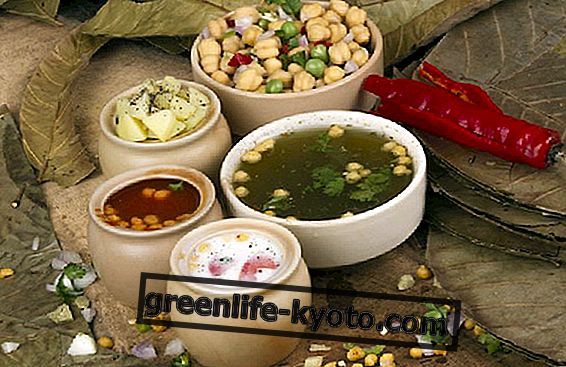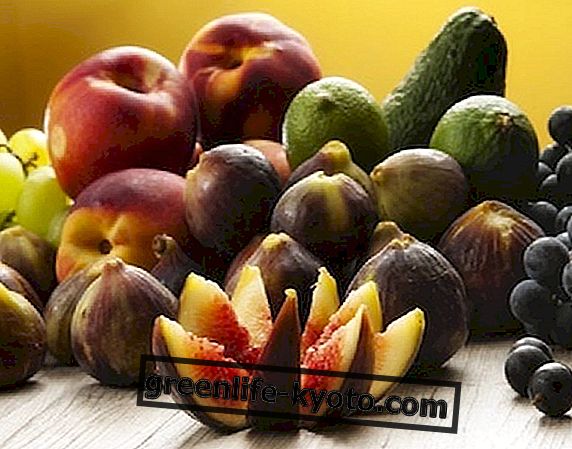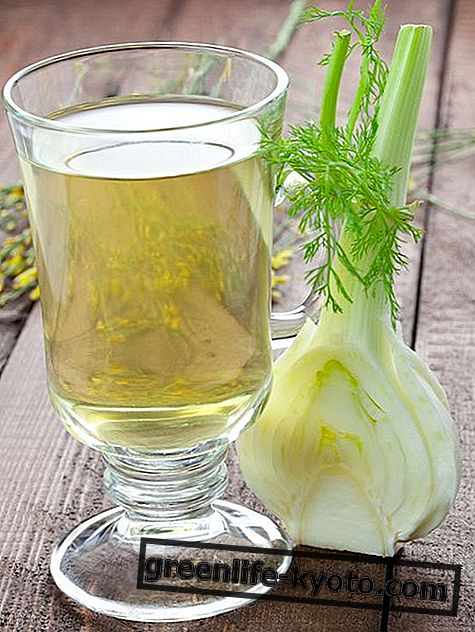
Turmeric is a tuberous plant that reaches the height of about a meter and a half, with broad green leaves and at the top flowers that, for some species, are appreciated for their ornamental characteristics.
Curcuma (variety Curcuma Longa ) has an underground rhizome which is the part of the root from which the spicy powder commonly found on the market is extracted.
Turmeric is part of many blends of spices known in ethnic cuisine: a well-known example is Indian curry and is also found individually in the form of a dry powder .
However, for some years it has been possible to find it without too much difficulty even in the form of fresh root .
Properties and healing principles of turmeric
The main curative elements of turmeric are curcuminoids, phenolic pigments with important and documented healing properties.
Their benefits on the well-being of the organism are as follows:
anti-inflammatory;
antioxidants;
antitumor.
As a whole turmeric can perform the following beneficial actions :
- it has a protective action on the digestive system, especially when taken internally and if fresh. It contributes to the treatment of colitis, swelling, gastritis, diarrhea, nausea, indigestion;
- it has a protective action against the liver and gall bladder . In particular, it facilitates the secretion and elimination of bile, whose important function is to emulsify fats to facilitate digestion;
- it has antioxidant power. Turmeric helps to prevent and combat damage due to cellular oxidative stress, allowing them to work properly;
- it has such properties that it allows to reduce the concentration of cholesterol in the blood, making the blood circulation more fluid and therefore also counteracting the damage due to arteriosclerosis .
Use of fresh turmeric root
Turmeric powder is readily available in every supermarket and in almost all grocery stores. Unfortunately, however, many properties of turmeric are lost during the production process of the powdered spice, since the nutritive principles are sensitive to light.
The fresh turmeric root, keeping the skin of the rhizome, contains unchanged active ingredients in greater quantities than the powder. It is therefore possible to use it instead of the powder if you want to maintain a stronger taste and more accentuated results.
In the Ayurvedic diet turmeric is a natural remedy widely used to treat colds, coughs and diseases that produce mucus; purifies the blood and improves the appearance of the skin, treating eczema and cracking; in addition, added to the milk, it warms and induces a good rest.
Turmeric in the kitchen: veg uses and recipes
Milk and turmeric
In Indian Ayurvedic medicine, milk is used as a natural remedy, adding various spices to it. Turmeric can be used for this purpose: drunk before going to bed, it is a cuddle that not only calms and relaxes, but restores the body's thermal balance, warming up, especially in summer, and allowing good breathing during the night .
Preparing milk and turmeric is simple, just cut a small amount of fresh turmeric root (about 10 grams of the skin's private root and cut into pieces), add it to a cup of cold milk and let it heat up, bringing to a boil. At the end of cooking the milk is filtered, eliminating the root, and it is drunk hot.
Potatoes sautéed with turmeric
Another simple way to use fresh turmeric is to cut a few pieces of turmeric and toss it in the pot with potatoes cut into pieces and a little water and freshly ground pepper.
Turmeric will add its spicy color and flavor to potatoes, improving digestion .
Turmeric and ginger marinated tofu
Turmeric performs a synergistic action when combined with other foods . In the curry, in fact, it is mixed together with other spices, enhancing its flavor and healing properties and, at the same time, expressing its rebalancing potential in synergy.
Often used together, turmeric and ginger have the same digestive and heating properties.
Marinating the tofu is very simple, and allows you to flavor to your liking a food that usually, when it is natural, stands out a little.
Simply cut a stick of natural tofu into small cubes, place it in a glass jar with a lid and add the grated ginger and the fresh sliced turmeric root. To get a more flavorful taste, add a touch of olive oil and tamari . The jar is closed, shaken and left in the fridge for a few hours, turning it from time to time.
This tofu can be used alone as a side dish or fresh aperitif, or added in vegetable or cereal salads, both cold and hot.
Curcuma: 3 other tasty and healthy recipes













